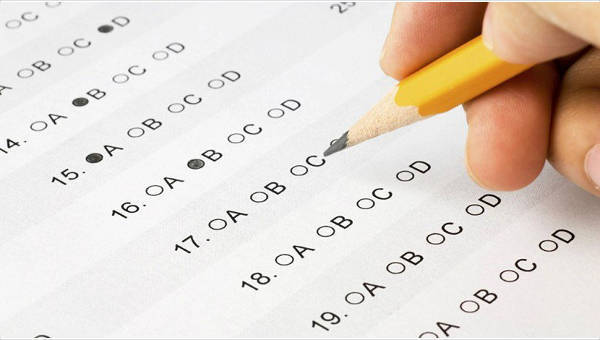Formative assessment strategies aim to assess the student’s mastery of the lessons and the area in which they have a weakness. This is done frequently, could be daily or weekly. Formative assessment is used by teachers to monitor the learning skills development of the student. It helps the students determine their strengths and weaknesses.
On the other hand, summative assessment is another tool opposite but related to formative assessment. Summative assessment is not done frequently, rather it is done at the end of the overall learning unit. Summative assessment is graded compared to the formative assessment.
How Do You Use a Formative Assessment?
- Determine the goal of the assessment. Choose which student you want to assess and provide the rationale behind the assessment.
- Find an opportunity to collect information. The information you gather should be significant in the assessment and should support the identified needs of the student.
- Contemplate on the evidence you have collected. This will be your basis for the level of difficulty to give and the other modifications to consider as seen in assessment examples.
- Analyze the gap between the current status of the student and his/her potential.
- Consider possible steps that should be taken next.
How to Build Common Formative Assessments
One formal assessment example is common formative assessment. It is a formative assessment that contains items that are common among a particular grade level. It is structured and designed for everyone to use on that chosen grade level.
- Choose a topic you will tackle.
- Identify the priority lessons from the not essential lessons.
- Clarify what the students know, the limitations of what the students can do in their current status, and what they are unable to do.
- Determine the important information these students are expected to learn.
- Formulate the essential questions and guide for scoring.
7 Key Benefits of Formative Assessment
- Defines learning goals more clearly. Regular monitoring of a student’s progress helps you target his/her weakness. To target these weaknesses, you have to come up with goals and more specific objectives that would help the student’s learning development.
- Increases difficulty that would keep the test takers challenged. This assessment allows the teachers to identify the weakness and needs of the students. This way, whenever the student reaches one goal, the teacher could increase the difficulty to allow further development, a room to keep on growing and not get stuck at one stage.
- Allows enhancement in academic achievement. Formative assessment aids in filling the gaps between the student’s current level of knowledge and the student’s full potential.
- Improves the motivation of the students.
- Increases the student’s engagement in learning. A repeated level of difficulty makes the student get bored and lose interest in the lesson, and formative assessment helps avoid this phenomenon.
- Turning the learning experience into a personalized one. Each student experiences a unique kind of learning despite having the same tests since they don’t have the exact same level of weakness, exactly the same stock knowledge at the exact same time.
- Comprehensive feedback.
Performance assessment examples have slightly similar rationale with army risk assessment. Both assessments exist to address an issue for the betterment of the individuals.
Related Posts
FREE 10+ Market Assessment Samples in PDF | MS Word
FREE 10+ Quality Risk Assessment Samples [ Control, Assurance, Management ]
FREE 6+ Immediate Termination of Lease Agreement Samples in MS Word | Google Docs | Apple Pages | PDF
FREE 10+ Qualitative Risk Assessment Samples in PDF | DOC
FREE 10+ Comprehensive Needs Assessment Samples in PDF
FREE 10+ Evaluation Quality Assessment Samples [ Self, Loss, Data ]
FREE 10+ Promotion Assessment Samples [ Health, Self, Employee ]
FREE 10+ Environmental Impact Assessment Samples in PDF | DOC
FREE 10+ Employee Competency Assessment Samples in PDF | DOC
FREE 10+ Safety Assessment Samples [ Home, Health, Risk ]
FREE 10+ Change Impact Assessment Samples [ Management, Control, Request ]
FREE 10+ Qualitative Assessment Samples in PDF | DOC
FREE 10+ Staff Assessment Samples [ Workplace, Health, Risk ]
FREE 10+ Vulnerability Assessment Samples [ Security, Network, Risk ]
FREE 6+ Vendor Risk Assessment Samples [ Management, Security, Financial ]
